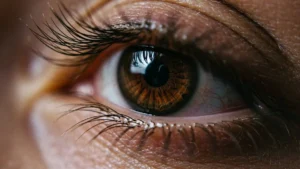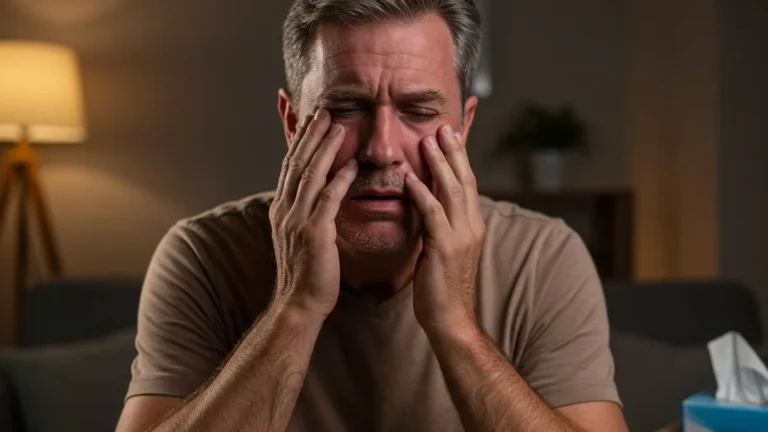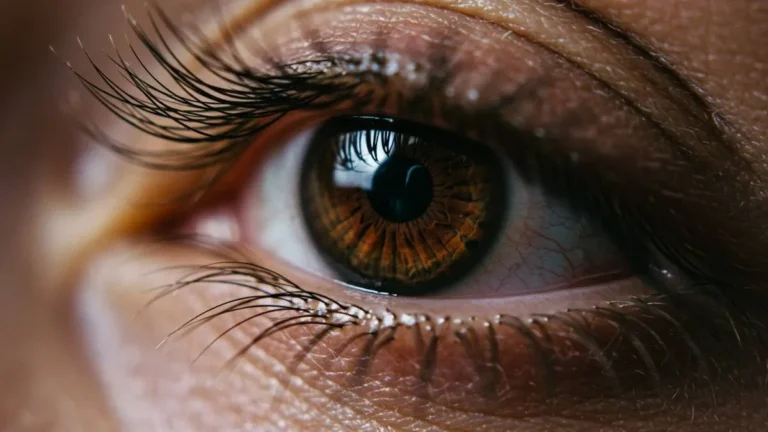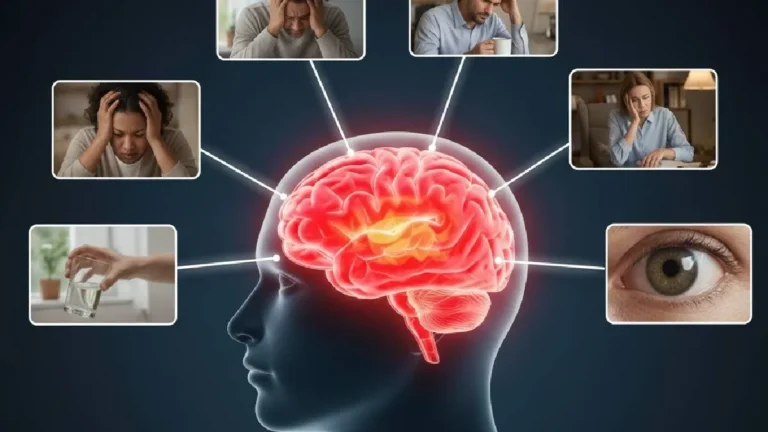What is hypochondria?
Formerly known as “hypochondria,” this condition is now recognized as an anxiety disorder related to illness according to the DSM-5. It manifests itself through:
- an excessive fear of being affected by an illness;
- excessive concern about one’s health and the proper functioning of one’s body.
Good to know : One of the first images that comes to mind when we think of hypochondria is Dany Boon’s film Supercondriaque , which follows the incredible misadventures of a patient suffering from this disorder. As an anecdote, the comedian’s inspiration for the film’s hero came from himself, a hypochondriac! Less recently, we are familiar with Molière’s “Le Malade Imaginaire,” whose protagonist Argan is ready to do anything – even the most bizarre – to preserve his health. Moreover, hypochondria is sometimes called ” arganism ,” in reference to the name of Argan’s character in Le Malade Imaginaire! While these images tend to make many people smile, it is quite different for hyponchondriacs, given the suffering this pathology generates.
How do you know if you are a hypochondriac?
No test or examination can detect hypochondria. The diagnosis made by a doctor is purely clinical. The DSM-5 (the standard reference book for mental disorders) lists many criteria for determining hypochondria.
Typically, a hypochondriac presents:
- Misinterpretation or exaggeration of minor physical signs, leading him to believe he is ill;
- Excessive preoccupation with one’s body and how it functions. This idea can end up becoming an obsession and cause upheaval in family, professional, or social life due to problems with absenteeism or misunderstandings with those around them.
We begin to talk about hypochondria in the case of disorders persisting beyond 6 months.
The person suffering from hypochondria or anxiety disorder due to the disease also consults: Various medical sites and books to try to find out more about the pathology she thinks she is suffering from;
- Frequently visits his doctor, due to his anxiety and multiple medical examinations and check-ups, without being reassured. This can lead to significant medical nomadism.
Currently, more and more “non-essential” medical procedures are being performed, solely to reassure the patient who is delusional about his or her state of health. In addition, due to worries about the illness, the hypochondriac may herself cause certain symptoms such as breathing difficulties or dizziness, direct consequences of her anxieties.
Hypochondria or nosophobia?
Be careful not to confuse these two disorders: hypochondria with nosophobia. The latter disorder, also called ” medical student syndrome,” concerns the fear of getting sick. Two points (subtle but essential) distinguish these two entities:
- In nosophobia, the fear most often concerns one or more specific diseases, whereas the hypochondriac fears all diseases.
- The nosophobe is afraid of catching a disease, while the person suffering from hypochondria is convinced that they have already caught it.
A third disorder, mysophobia, is distinguished from the previous two. The table below gives a brief overview of their differences:























+ There are no comments
Add yours